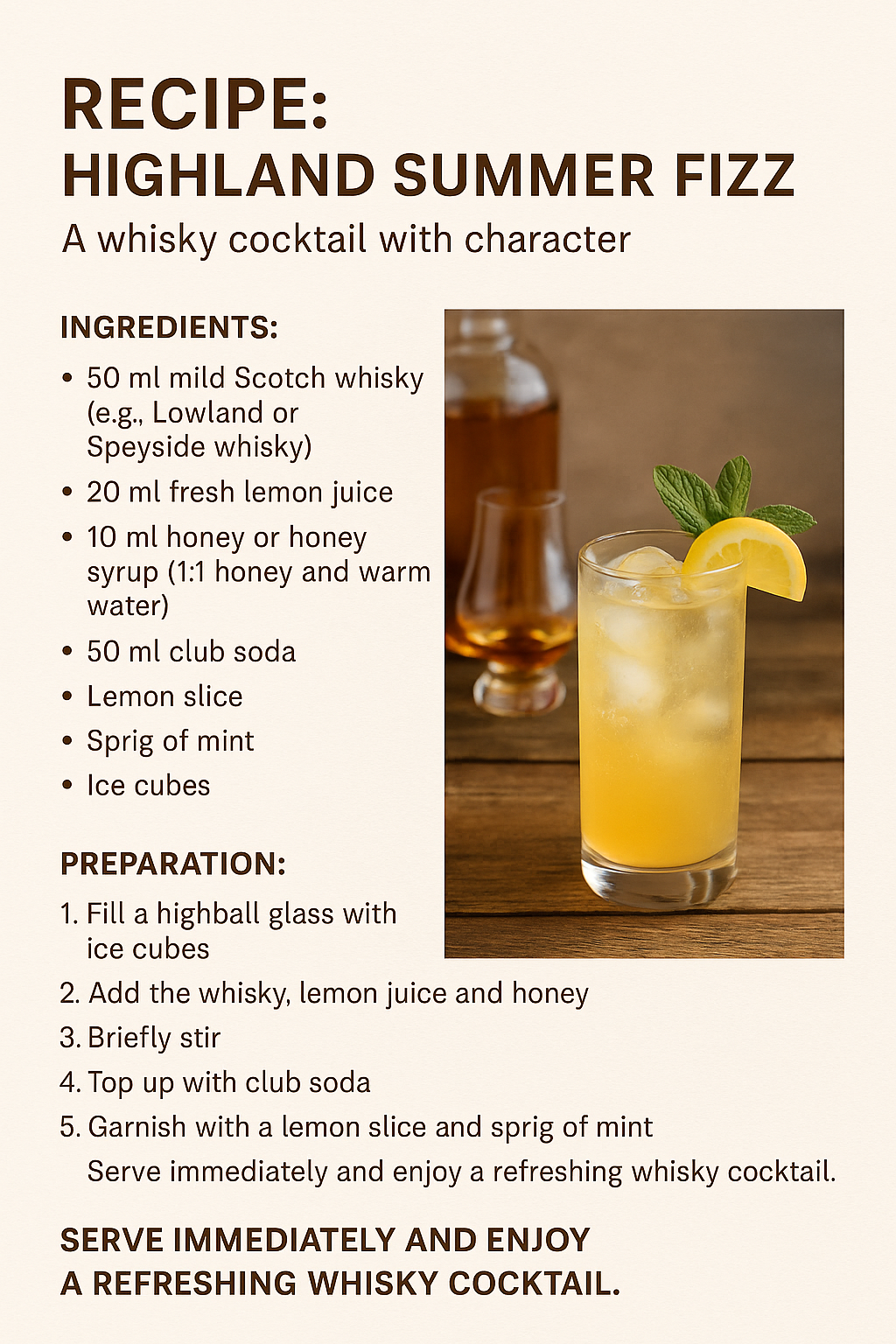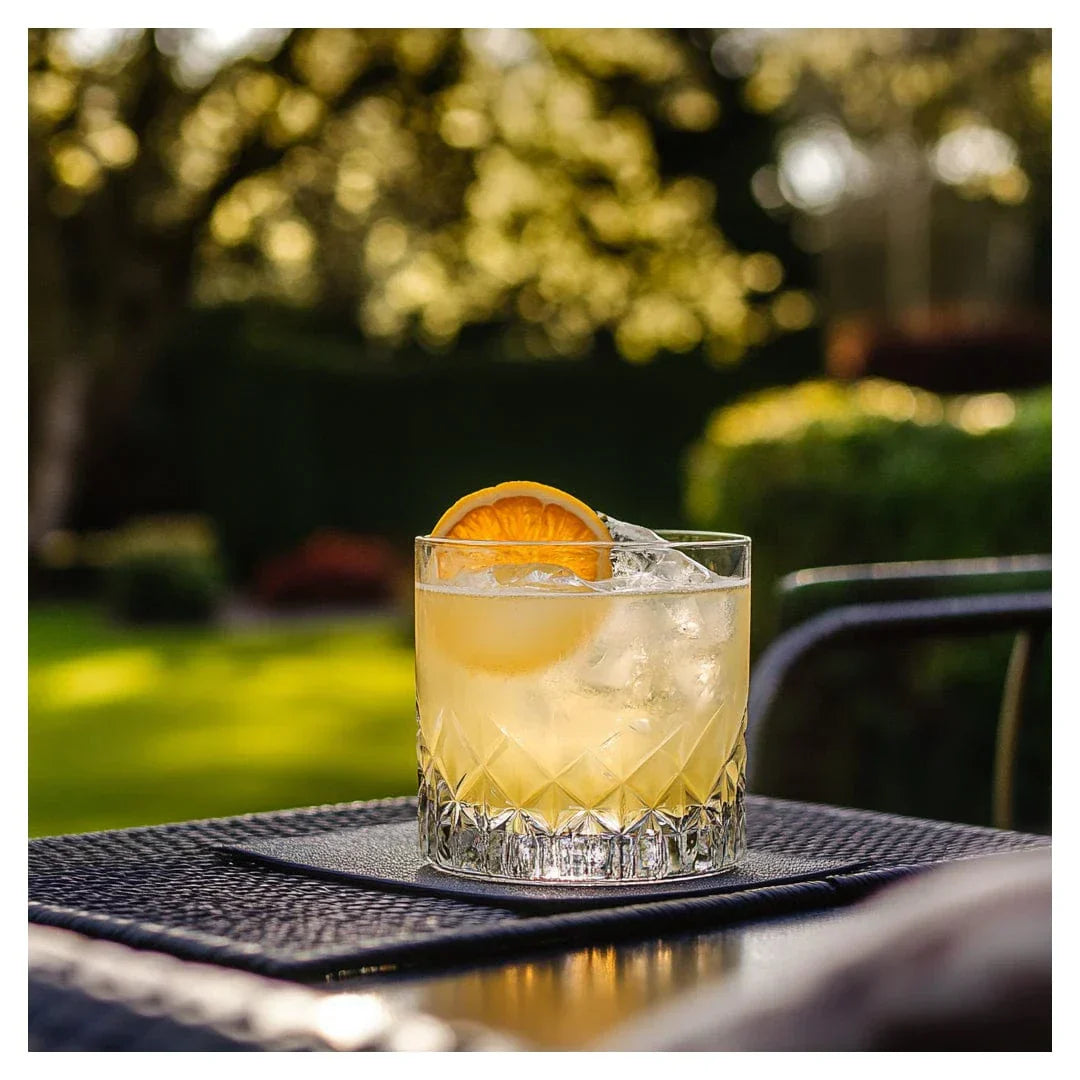Blog: How to Take Whisky Tasting Notes

Introduction
Every great whisky tells a story — but unless you capture it, the details slip away after the last sip. That’s where whisky tasting notes come in. Writing tasting notes isn’t just for critics or connoisseurs; it’s a simple way to sharpen your senses, track your favorites, and relive each dram long after the bottle is empty.
In this guide, you’ll learn how to write clear and useful whisky tasting notes, step by step. We’ll cover the key elements, common flavor terms, and even share a free printable template you can use alongside your own whisky tasting journal.
Why Take Whisky Tasting Notes?
-
Remember your favorites – Never forget which Highland malt blew you away or which bottle disappointed.
-
Train your palate – Repetition and recording sharpen your sensory memory.
-
Share experiences – Notes help compare drams with friends or in tasting groups.
-
Build your own flavor map – Over time, you’ll see patterns in what you love (sherry bombs? peated drams?).
The 5-Step Method for Writing Whisky Tasting Notes
1. Appearance
Hold your glass up to the light. Is the whisky pale straw, deep amber, or almost mahogany? Note clarity and legs (the streaks that run down the glass).
Example: Golden amber, medium viscosity, slow legs.
2. Nose
Gently swirl and take a short sniff (don’t bury your nose). Write down first impressions, then revisit after a minute — oxygen opens up aromas.
Example: Honey, ripe pears, a touch of cinnamon.
3. Palate
Take a small sip, let it coat your tongue, then breathe gently through your nose. Note flavors as they evolve.
Example: Vanilla sweetness, followed by citrus zest and oak spice.
4. Finish
After swallowing, what lingers? Is it short and clean, or long and warming?
Example: Long finish with dark chocolate and gentle smoke.
5. Verdict
Add a personal summary: overall impression, balance, or whether you’d buy again.
Example: Elegant, balanced dram — great value for everyday sipping.
Tools That Help You Focus
-
Proper glassware – A Glencairn or tulip-shaped glass concentrates aromas far better than a tumbler. Try our Mood4Whisky Glasses.
-
Water dropper – A few drops of water can unlock hidden aromas.
-
Palate cleansers – Plain crackers or water keep your senses sharp.
-
Tasting journal – A structured journal makes it easy to track dozens of drams without losing consistency.
Flavor Language: From Vanilla to Maritime
Whisky flavors often fall into broad families:
-
Sweet & Fruity: vanilla, honey, apple, pear, dried fruits
-
Spicy & Woody: cinnamon, nutmeg, pepper, oak, tobacco
-
Earthy & Smoky: peat, leather, campfire, medicinal notes
-
Fresh & Floral: heather, lavender, cut grass, citrus peel
-
Maritime & Mineral: sea salt, brine, iodine, wet stone
Don’t worry about “sounding professional” — if it reminds you of grandma’s apple pie, write it down! That’s your personal flavor library.
Whisky Tasting Notes
Want to build a collection? Our Whisky Tasting Journal is designed for exactly this purpose: durable, stylish, and perfect for long-term use.
Examples: 3 Completed Tasting Notes
Example 1 – Light & Fruity (Lowland)
-
Appearance: Pale straw, light body
-
Nose: Green apple, lemon zest, fresh grass
-
Palate: Crisp pear, malt sweetness, vanilla cream
-
Finish: Short, clean, citrus aftertaste
-
Verdict: Refreshing and approachable — great entry whisky.
Example 2 – Sherried & Rich (Speyside)
-
Appearance: Deep amber, thick legs
-
Nose: Raisins, dark chocolate, orange peel
-
Palate: Dried fruits, nutmeg, rich caramel
-
Finish: Medium-long, warming spice
-
Verdict: Classic sherry bomb — dessert in a glass.
Example 3 – Peated & Bold (Islay)
-
Appearance: Golden, oily texture
-
Nose: Bonfire smoke, seaweed, lemon
-
Palate: Intense peat, black pepper, medicinal note
-
Finish: Long, smoky, with salty tang
-
Verdict: Not for beginners, but a thrilling powerhouse.
FAQ: Common Questions About Tasting Notes
Should I add water to my whisky?
Yes, a few drops can unlock hidden aromas. Avoid adding too much; it’s about opening, not diluting.
Which glass is best for whisky tasting?
Tulip-shaped glasses like the Glencairn concentrate aromas. Tumblers are fine socially, but less ideal for detailed tasting.
Do I need to be an expert to take notes?
Not at all. Notes are personal. The more you practice, the more confident you’ll get.
Can I use a template on my phone instead of paper?
Sure, but many tasters find writing by hand more mindful and memorable.
Conclusion
Taking whisky tasting notes is about slowing down and capturing a fleeting experience. With just a glass, a pen, and a structured approach, you can build your own whisky story — one dram at a time.
Ready to start? Explore our Whisky Tasting Journal and Mood4Whisky Glasses to make your next tasting session truly memorable.






